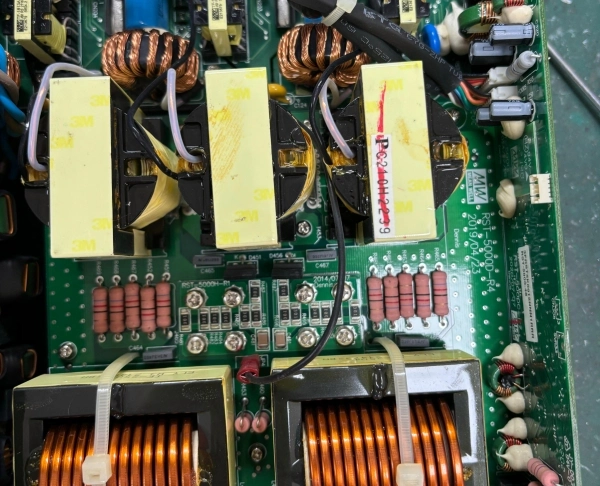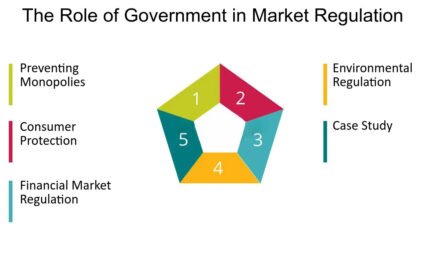Industrial-grade power supplies and consumer-grade power supplies are both designed to convert electrical power, but they differ significantly in terms of design, durability, features, and performance. Below are the key differences between industrial-grade and consumer-grade power supplies:
1. Durability and Build Quality:
- Industrial-Grade: Built to withstand harsh environmental conditions, including extreme temperatures, humidity, vibration, and dust. They are often housed in rugged, durable enclosures to protect against physical damage and external factors.
- Consumer-Grade: Typically designed for use in controlled, indoor environments like homes or offices, where exposure to harsh conditions is minimal. Consumer-grade power supplies usually have a lighter build and may not offer the same level of physical protection as industrial models.
2. Power Output and Capacity:
- Industrial-Grade: These power supplies are often capable of handling higher loads, providing more power output, and offering more precise voltage and current regulation to support large industrial machinery, automation systems, or complex equipment.
- Consumer-Grade: Generally lower in power capacity, designed for small to medium-sized devices such as home appliances, electronics, or personal computing systems. They usually provide limited output suited to smaller, less power-demanding devices.
3. Temperature Tolerance:
- Industrial-Grade: Can operate in a wider temperature range, from -40°C to +85°C or higher. This is essential for use in factories, outdoor environments, or places where the temperature fluctuates significantly.
- Consumer-Grade: Typically designed to operate in a narrower temperature range (usually 0°C to 40°C) that is suitable for home or office settings.
4. Efficiency and Energy Consumption:
- Industrial-Grade: High efficiency is critical for industrial power supplies to reduce energy waste and minimize operational costs over time. These power supplies are often designed to meet specific energy efficiency standards, such as those set by ENERGY STAR or similar regulations.
- Consumer-Grade: While energy efficiency is important, consumer-grade power supplies may not be as efficient as industrial models, especially for lower-power applications. They might not adhere to the same stringent energy standards as industrial supplies.
5. Regulation and Control:
- Industrial-Grade: Often feature precise voltage regulation, overcurrent, overvoltage, and thermal protection to ensure reliable performance in critical applications. They may also include built-in monitoring and feedback systems for advanced control of the electrical output.
- Consumer-Grade: Typically have basic voltage regulation and safety features but lack the advanced control mechanisms found in industrial-grade power supplies. Consumer power supplies are usually more simplistic, focusing on reliability for everyday consumer electronics.
6. Reliability and Longevity:
- Industrial-Grade: Designed for continuous, heavy-duty operation with a longer lifespan. They are built to handle extended periods of use in industrial settings, with high MTBF (Mean Time Between Failures) ratings.
- Consumer-Grade: While reliable for everyday use, consumer-grade power supplies are typically designed for intermittent or moderate use. Their lifespan may not be as long as industrial power supplies, and they may not be able to withstand continuous heavy loads.
7. Customization and Features:
- Industrial-Grade: Can be customized to meet the specific needs of different industries. Features such as remote monitoring, programmable outputs, redundancy, and parallel operation may be available for critical applications in industrial environments.
- Consumer-Grade: Typically standardized with fixed features and fewer customization options. They are designed to meet general consumer needs and tend to focus on ease of use and affordability.
8. Compliance and Certifications:
- Industrial-Grade: Must comply with industry-specific regulations, safety standards (e.g., UL, CE, RoHS), and certifications. These power supplies are often subject to stricter regulatory scrutiny to ensure safety in industrial environments.
- Consumer-Grade: While consumer-grade power supplies are subject to safety regulations, they usually do not require the same level of compliance as industrial-grade power supplies. They may only adhere to basic standards for safety and electromagnetic interference (EMI).
9. Cost:
- Industrial-Grade: Typically more expensive due to their higher durability, advanced features, and ability to handle demanding industrial applications. The cost reflects the long-term value and reliability required for continuous operation in tough conditions.
- Consumer-Grade: Less expensive, as they are built for less demanding applications with fewer features. These power supplies are generally cost-effective and affordable for mass-market consumer electronics.
10. Size and Form Factor:
- Industrial-Grade: Often larger and more robust to accommodate high power outputs, cooling systems (such as fans or heat sinks), and additional features such as redundancy. The form factor is typically tailored to the industrial environment.
- Consumer-Grade: Usually smaller, compact, and lightweight to fit the design of consumer devices. Power supplies are often integrated into the device itself, making them less noticeable and easier to use in everyday settings.
Conclusion:
The primary differences between industrial-grade and consumer-grade power supplies lie in their durability, power output, reliability, and specialized features. Industrial-grade power supplies are built to handle the demands of heavy-duty, continuous operations in challenging environments, while consumer-grade power supplies are designed for lower-power, everyday use in controlled, indoor environments. Depending on the application, choosing the right type of power supply is crucial for ensuring optimal performance and longevity of the equipment.
Hashtags
#IndustrialPowerSupplies #ConsumerPowerSupplies #PowerSupplyDifferences #IndustrialVsConsumerPower #IndustrialGradePower #ConsumerGradePower #PowerSupplyComparison #DesignandDurability #PerformanceandEfficiency #PowerOutputandCapacity #ReliabilityandSafetyStandards #EnvironmentalTolerance #CustomizationandFeatures #CostandPricing #ApplicationsandUseCases #LongevityandMaintenance














